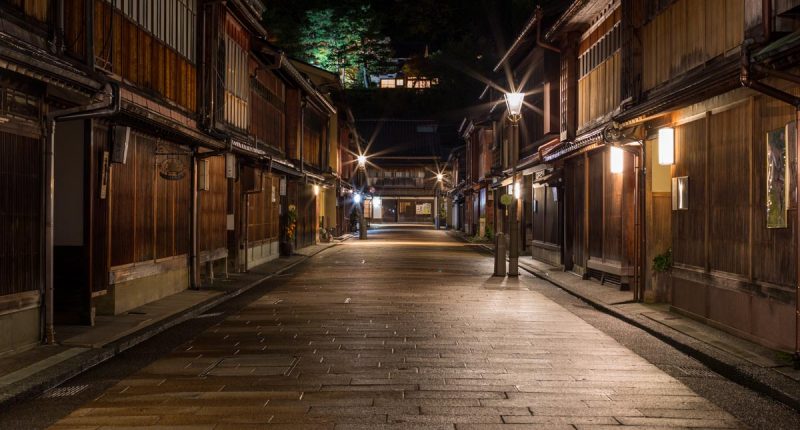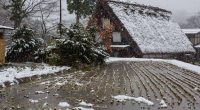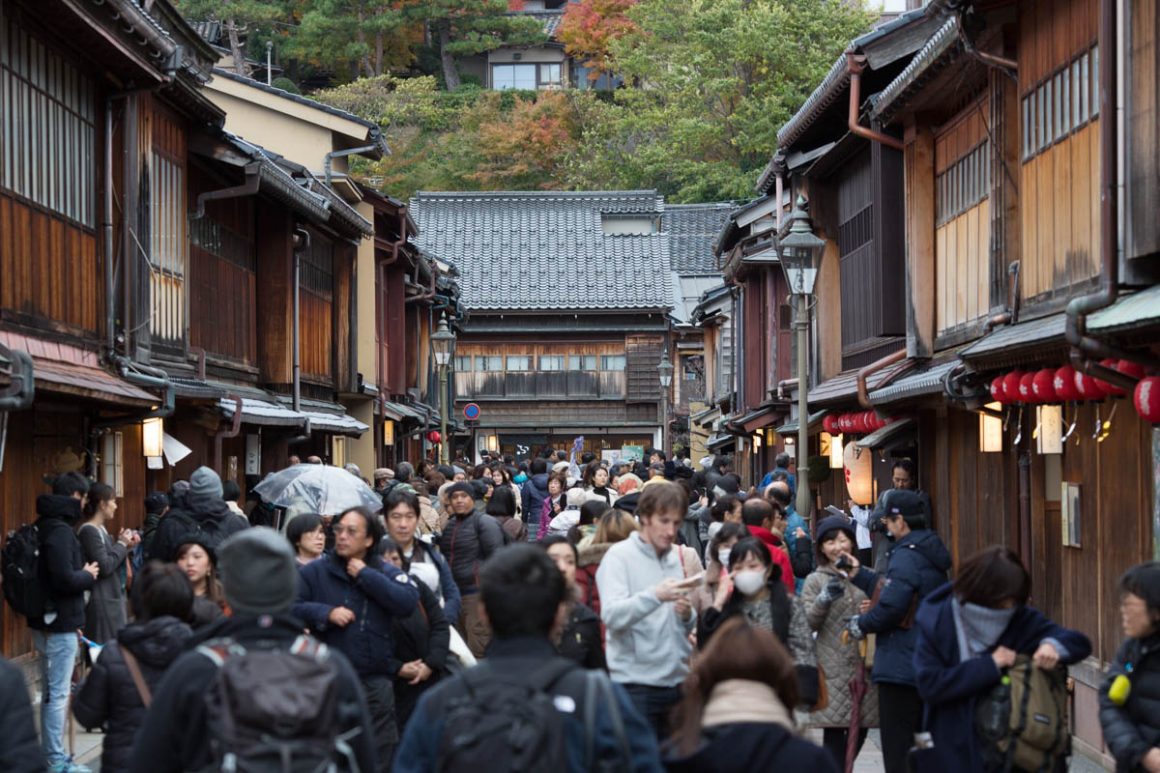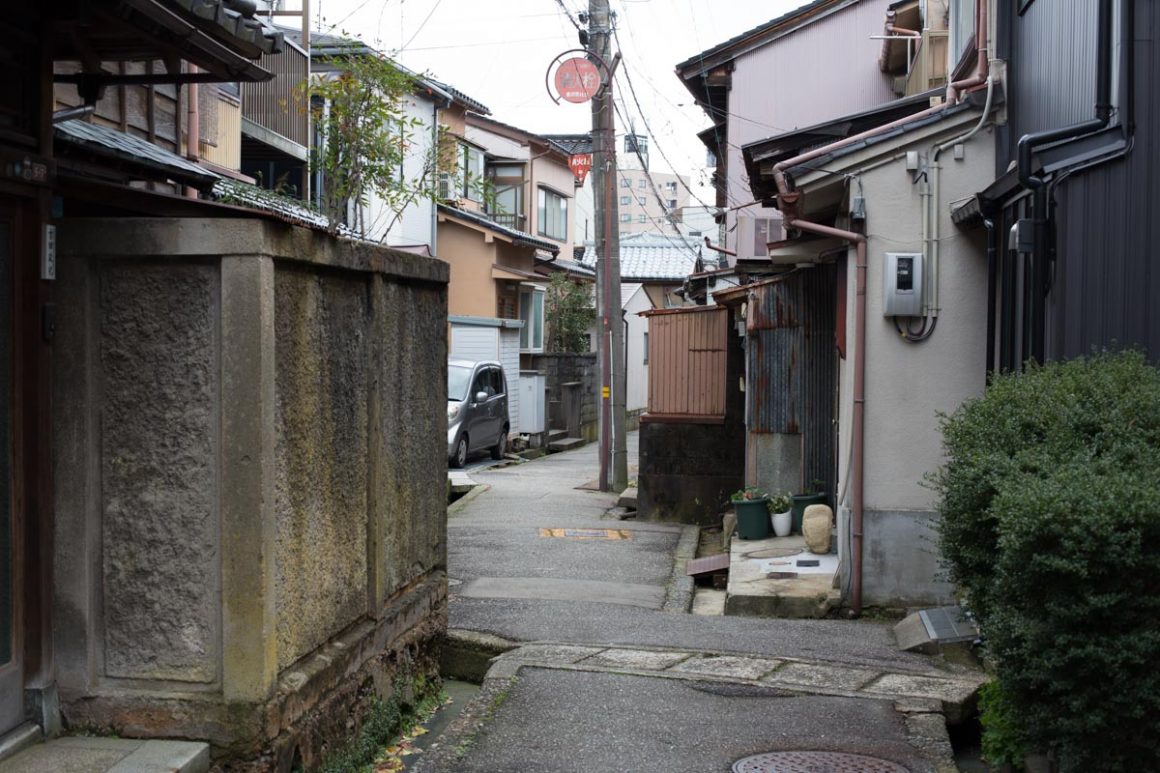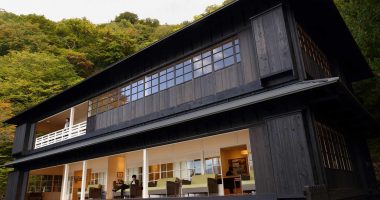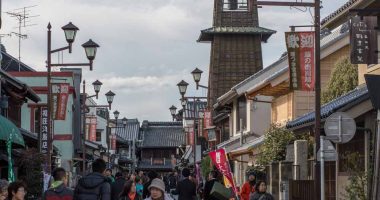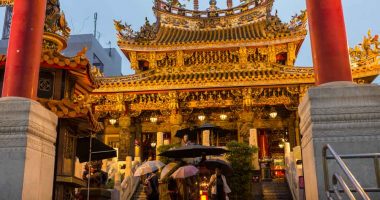Although “chaya” (茶屋) literally means teahouse, they were actually establishments during the Edo period where guests would go to be entertained by geisha. They congregated in what are more often referred to as the “pleasure quarters” and Kanazawa has three of these chaya districts—Higashi Chayagai (ひがし茶屋街), Nishi Chayagai (にし茶屋街) and Kazuemachi (主計町)—but of these Higashi Chayagai is the largest and the most popular with visiting tourists. The photograph down the main street is another iconic shot of Kanazawa, and probably the image most used in travel guide books for the city.
You May Also Like
Osanbashi Pier & Passenger Terminal
Osanbashi Pier was built in the late 19th century to facilitate the loading and unloading of the ships that came into the Yokohama port. Today boarding gates and shops can be found beneath the modern wooden walkway, but many on the pier are just there for the view looking back onto Yokohama.
Yokohama Chinatown
Yokohama Chinatown was established by Chinese immigrants the year after the Harris Treaty ended Japan’s 250 years of isolationism and opened up the country to foreign trade. It is the largest Chinatown in Japan with over 600 restaurants and shops. Kuan Ti Miao Temple in the middle of the area has roots dating back to 1862.
